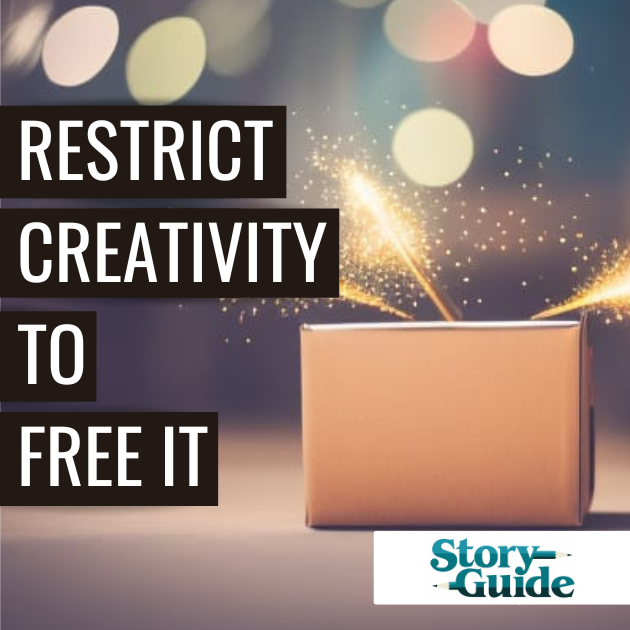 Have you ever found yourself staring at a blank page, completely stuck? It's a feeling that every writer knows all too well, and it can be so frustrating.
Have you ever found yourself staring at a blank page, completely stuck? It's a feeling that every writer knows all too well, and it can be so frustrating. This week on social media, I shared a quote from author Madeleine L'Engle:
"Inspiration usually comes during work, rather than before it."
This quote is so meaningful to me, not only because Madeleine L'Engle is the author of A Wrinkle In Time, the novel that influenced my childhood the most, but also because it's a reminder that the act of doing is where the magic happens. Too often, I've used a lack of inspiration as a convenient excuse for procrastination.
One of the best feelings in the world is having a story pour out of me. That flow, that zone, that feeling of magic, of being creatively guided by something otherworldly... well, that's the reason I write! I imagine I'm not alone. It's a pretty great feeling!
On the flip side, nothing is more devastating than sitting down to write, and nothing comes out. Or worse, the words fit together like broken shards of glass, with cracks and chipped edges.
Avoiding that devastation is probably why it is so tempting to wait to be inspired. But is showing up and doing the work really enough to trigger inspiration?
What causes writer's block IN THE FIRST PLACE?
We often attribute writer's block to things like a lack of focus, mood, or emotion, but is that what really causes it?
Maybe in order to understand the cause of writer's block, we need to first understand what is happening in our brains when we're being creative.
How our brains find inspiration
How do we get inspired? What exactly is our brain doing when it seeks inspiration? To explain, I'm going to use an anecdote about AI but bear with me here.
When searching for a good image for this blog post, I submitted this text-to-image prompt into an AI art generator:
CREATIVITY IN A BOX
The AI churned out these images:


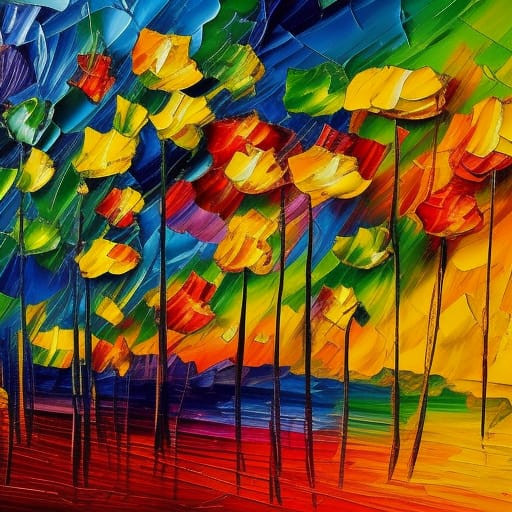
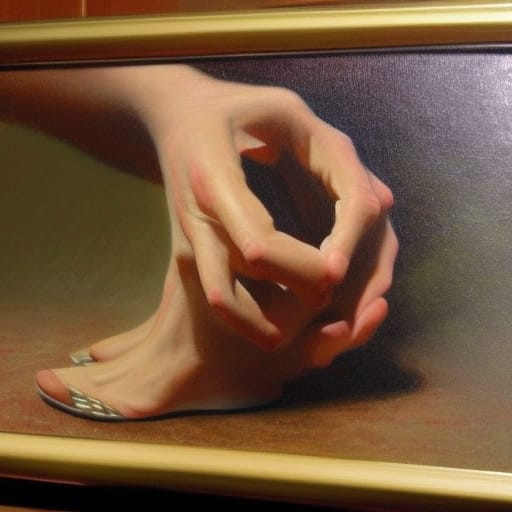
They are interesting. But a little bizarre, and definitely not what I requested. They are also notably very different from one another. Clearly, the AI had far too many options for visually define creativity in a box.
So I specified the text prompt:
A SHOEBOX THAT CONTAINS MULTIPLE, MAGICAL, SPARKLING EXPLOSIONS
And that's how I found my blog post hero image.
Our brains work like this. When we ask our brain for INSPIRATION, we're asking too broad of a question!
Creativity functions like a fluid; it needs a container, or it goes everywhere and makes an enormous mess! Our brains get overwhelmed. They latch on to whatever they can to keep from drowning - emotions, distractions, memories - and we end up with a blank page, garbage words, or too many creepy-looking hands. (Seriously, why can't AI get hands right?)
The Key is to create parameters
When we specify the prompt we give to our brain, we help it generate the results we are looking for.
Here are a few examples of some parameters to help unleash creativity:
1. Build a story structure before you write
Giving yourself a structure, even a broad one like my free Fast & Dirty Story Map, will help to anchor your story and give you a path to follow when writing. In this way, the focus becomes less on the pressure to write something and more on completing each component of the structure.
2. Give yourself time restraints
There is research that shows that giving yourself limited time to work on a project actually increases output. This might work for you if you are the sort of person who thrives under a deadline, but even if you aren't, giving yourself a time restraint effectively makes your writing time a priority, which can make it seem less of a chore and more of a special experience to anticipate.
3. Create a routine or a ritual
Remember how Steve Jobs wore the same outfit every day? This was his way of giving his brain a break from thinking about appearance and the freedom to focus on work. Bonus points if the routine or ritual begins with a mindfulness activity, like a quick walk with the dog or a 5-minute gratitude meditation. Research shows that mindfulness activities that boost mood facilitate less analytical, and more creative thinking.
4. Identify your deep-level Why
Ask yourself: Why must you write this story? Why must it be told by you? Why this particular story? And why now? When you have the answers to this question in your pocket, you don't have to rely on inspiration to get started. You have a deeper reason to show up to the page and write.
Creativity needs constraints to flourish. So instead of waiting for inspiration to strike, try implementing some of these strategies to get your writing flowing.
Do you have any great ways to unleash inspiration by creating parameters? Let me know in the comments!

Love this content?
Subscribe to The Story Guide Dispatch for more!
Find Story Guide
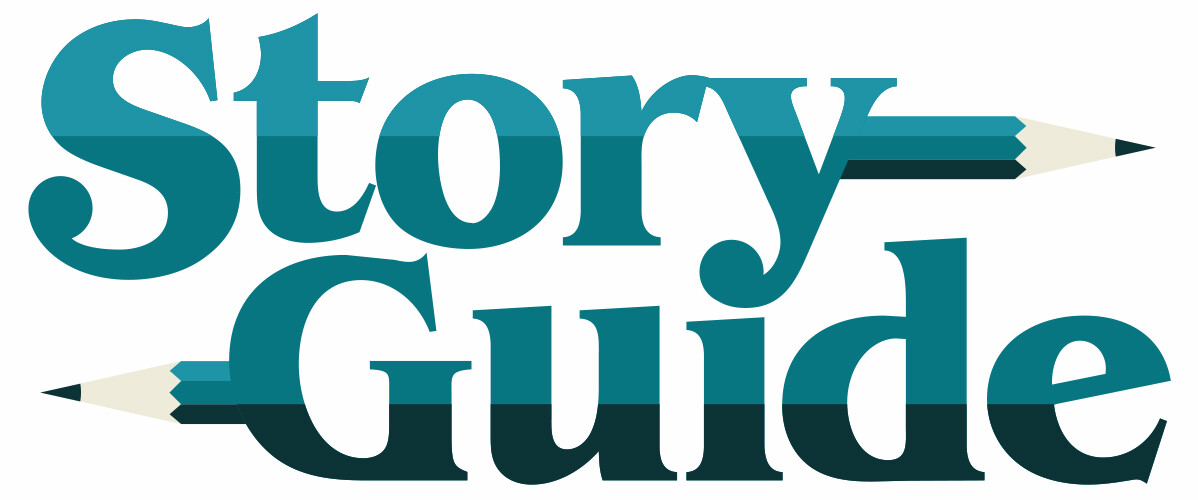

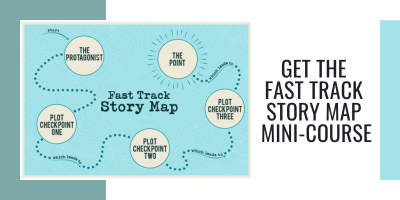

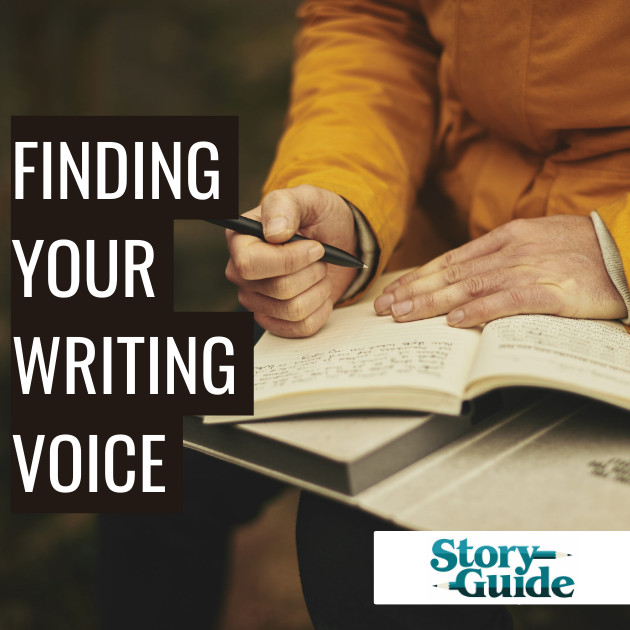
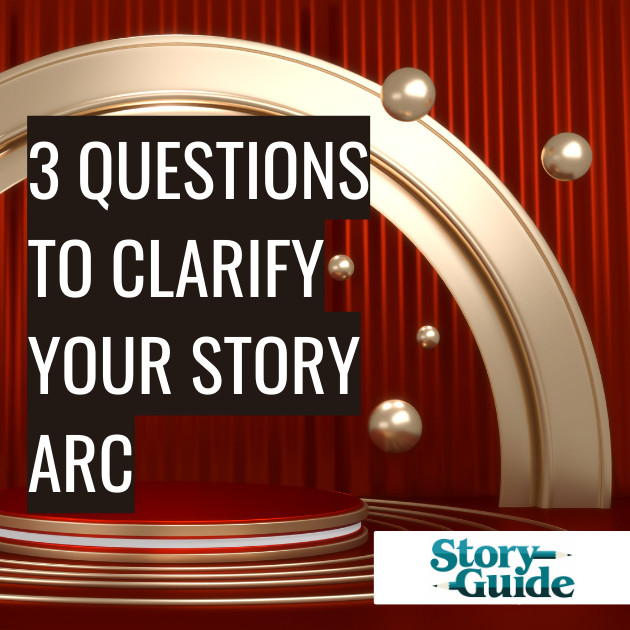
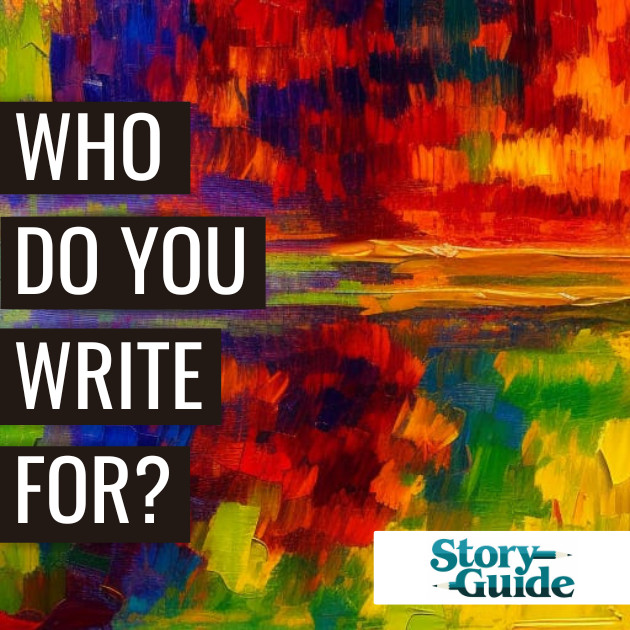
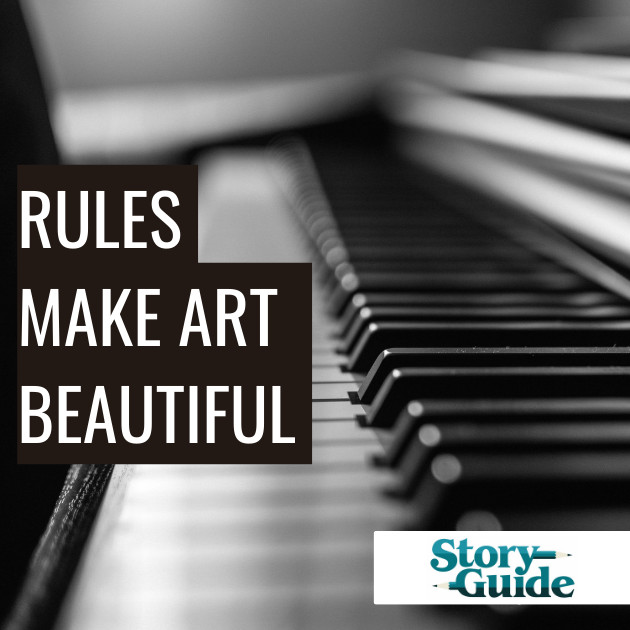
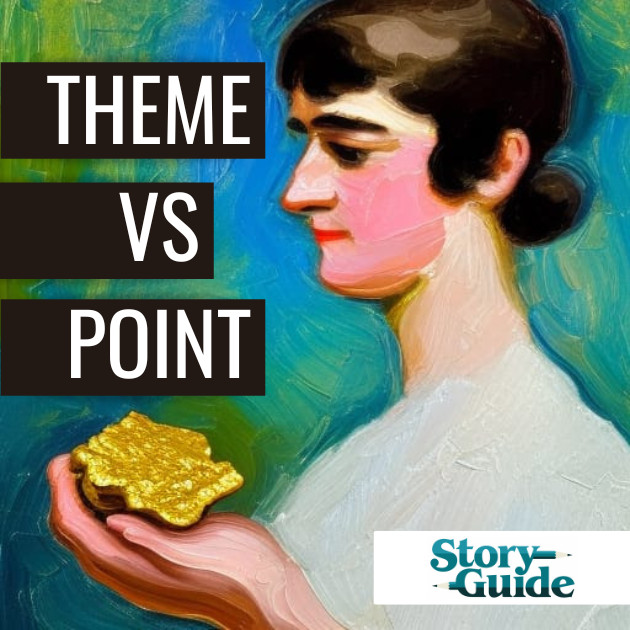
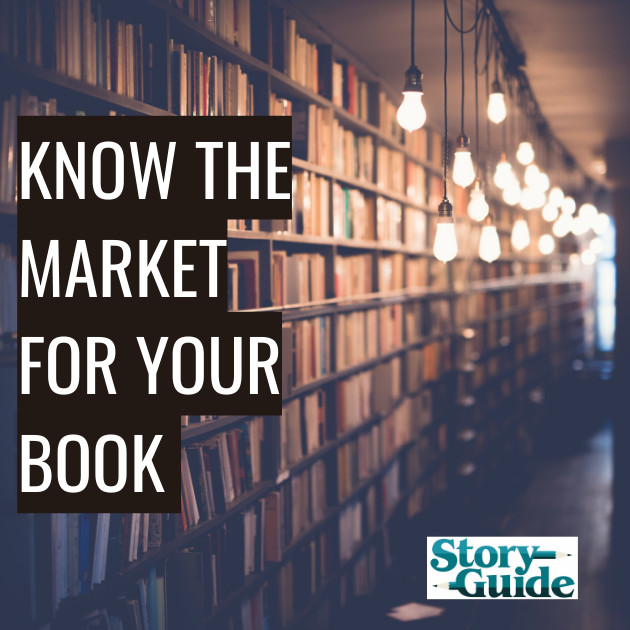

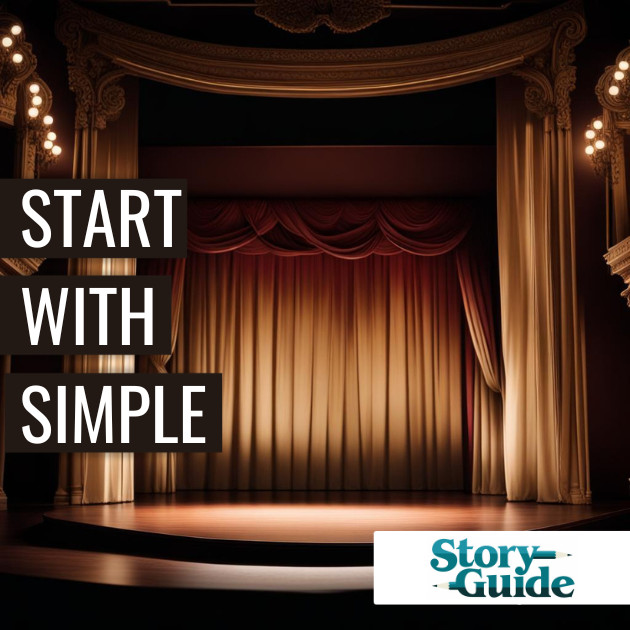
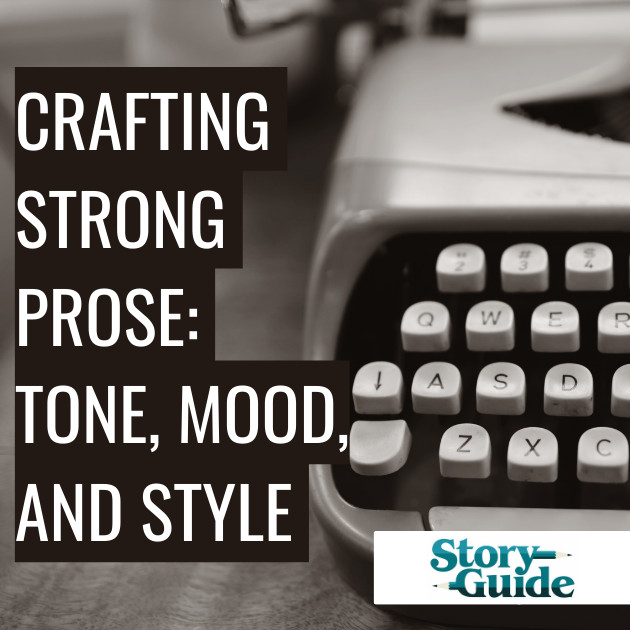




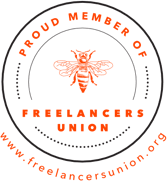


0 Comments